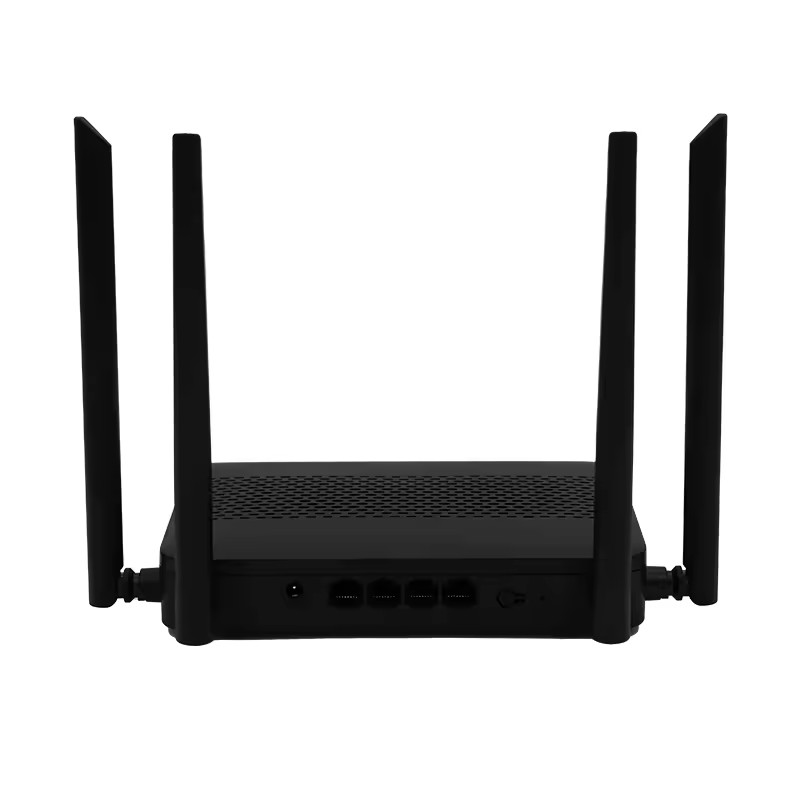A wireless router is a network device that connects multiple wireless devices to the Internet. Its main functions include:
Wireless Access Point: provides wireless network signals to enable wireless devices (such as mobile phones, tablets, laptops, etc.) to connect to the Internet.
Wired Routing: connect to broadband (such as optical fiber and ADSL) through a wired port to realize the function of connecting to the Internet.
LAN Management: Through the router management interface, LAN settings can be configured, such as IP address allocation, port forwarding, firewall settings, etc.
Security Features: Provides network security features such as WPA2 encryption, firewall, visitor network isolation, etc., to protect the security of devices within the local area network.
Load balancing: In the case of multiple broadband connections, routers can achieve load balancing, allocate traffic to different broadband connections, and improve network speed and stability.
Parental Control: Access control rules can be set to restrict the access time or content of specific devices, protecting children’s internet safety.
QoS (Quality of Service): Provides a service quality assurance function, which can set priorities to ensure that specific devices or applications receive better network performance and bandwidth.
Remote Management: Supports remote management functionality, allowing users to easily manage and monitor routers from anywhere through mobile applications or remote login management interfaces.
The main function of a wireless router is to connect wireless devices to the internet and provide network management and security functions to meet the network needs of users in their homes or workplaces.





